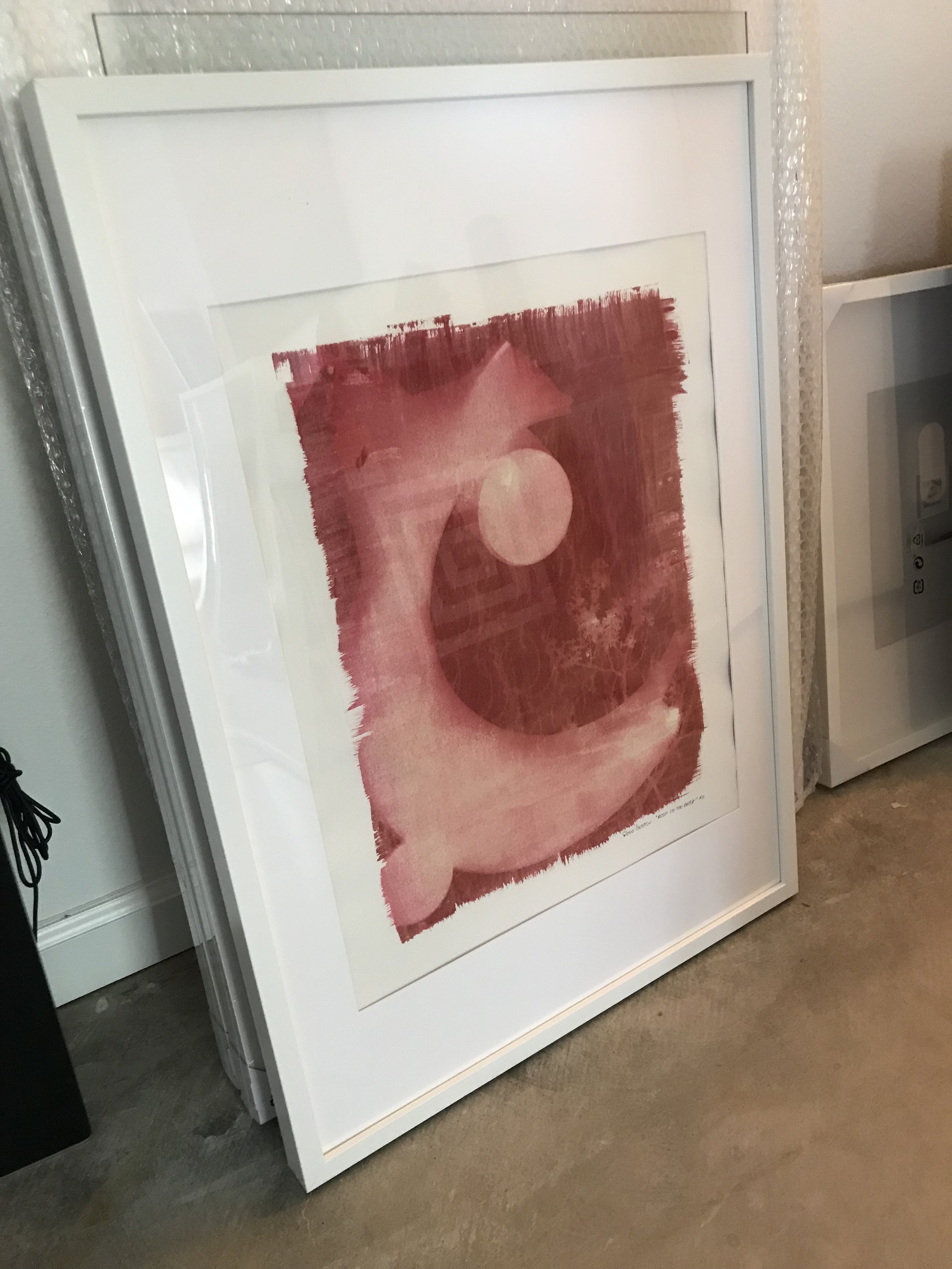So excited after a move to Joshua Tree one year ago to be participating in http://hwy62arttours.org . 93 studios this year showcasing all different types of artists from jewelry, sculpture, asslembge, painting and photography. Please stop by over the weekend and check out what I have been up to. #53 on the route map which you find on the website at the bottom of the page http://hwy62arttours.org
Here are few Cyanotypes in the works. Living here is Joshua Tree has been an incredible feast for the eyes. I am in love with the Joshua Tree National Park
I find something new on every visit, the sweeping landscapes the strange formations of the trees, epic skies and awe inspiring sunsets, I am truly in love with the landscape. Come on by and check out the art this weekend. These beauties are 150.00 a piece in limited series of 10 from each negative. No two cyanotypes are alike.
What is a Cyanotype?
Cyanotype is a photographic printing process that produces a cyan-blue print. Engineers used the process well into the 20th century as a simple process to produce copies of drawings, referred to as blueprints. The process uses two chemicals: ferric ammonium citrate and potassium ferricyanide.
This mildly photosensitive solution is then applied to a receptive surface (such as paper or cloth) and allowed to dry in a dark place. Cyanotypes can be printed on any surface capable of soaking up the iron solution. Although watercolor paper is a preferred medium, cotton, wool and even gelatin sizing on nonporous surfaces have been used.
Please feel free to ask if you have any questions about the process.
Gum Bichromite photogram 16 x 20 in 20x 30 frame ( sold )
Its been a while since I have had a show and I really wanted to make something special. After being a photography professional for 20 + years we have lost the tangible process of making prints. I decided to make Gum Arabic prints in a non traditional way. By using singular colors blocked together, often mimicking the Joshua tree landscape and sky and then contact printing a photogram or enlarged negative outside. The series with the moon is called “Moon on the Mesa” and only 10 of them exist, inspired by my new love of the desert and my love Matt who grew up here. Objects were found on his property and mine ( rusty moon top, rusty cans, wires rakes dead cholla branches, desert willow, etc.) it was such and incredible feeling to not know exactly what your going to get and just using the elements to design with. This collection ranges from 150.00 16 x 20 to 250.00 for the 20x30.
artist statement
I was first enchanted with the high desert in the late 90’s, the serenity and natural beauty of the landscape kept me coming back. Last year I moved from LA and now spend 80 percent of my time in Joshua tree. The series titled “moon on the mesa” was inspired by my love of the raw landscape and the kaleidoscope of colors it produces. The deep blue of the sky, the pink and orange sunsets, how the green pops after a rain and the summer browns and yellows of the creosote. I often walk in the open desert and find random scraps of rusted metal and dried plants I use in the printing process. The larger scale pieces are achieved through photograms, laying those found pieces and enlarged negatives on top of photo sensitive paper I create by hand through a process called Gum Bichromate and Cyanotype.I love this process as it leaves room for surprise, imperfection and imagination, results that aren’t exactly perfect, but painterly and lush. I don’t always use the process in a traditional ways, but use it to express a simple modern graphic and my interpretation of the desert. All gum and cyanotype prints are one of a kind. My background in photography spans 25 years and I still love taking traditional images daily.
What is a Gum print?
Gum bichromate is a 19th-century photographic printing process based on the light sensitivity of dichromates. It is capable of rendering painterly images from photographic negatives. Gum printing is traditionally a multi-layered printing process, but results may be obtained from a single pass. Any color can be used for gum printing, so natural-color photographs are also possible by using this technique in layers of cyan, magenta, yellow and black.
Gum printing is a way of making photographic images without the use of silver halides. The process uses salts of dichromate in common with a number of other related processes such as sun printing. For gum printing a solution of gum arabic is mixed with either potassium or ammonium dichromate.
Feel free to email me if you have any questions.








